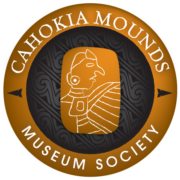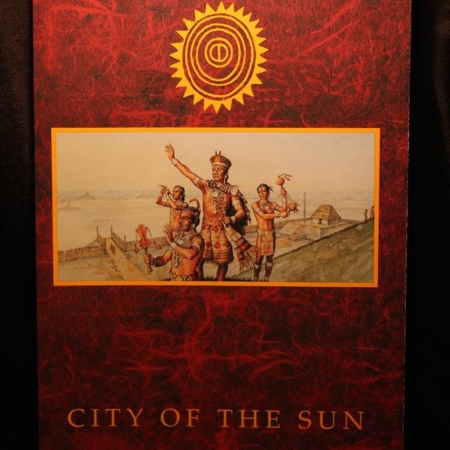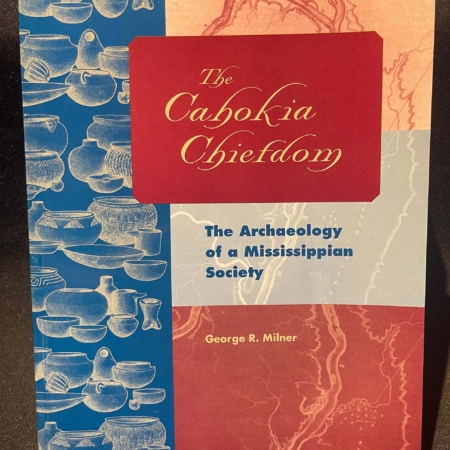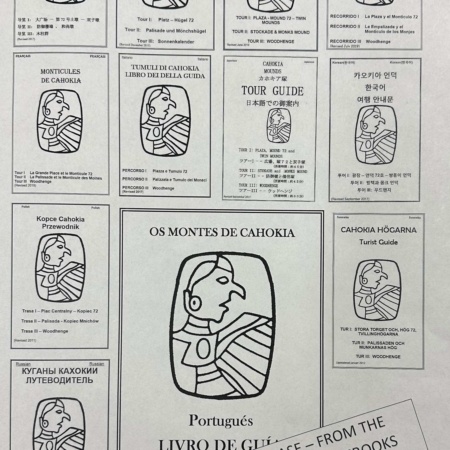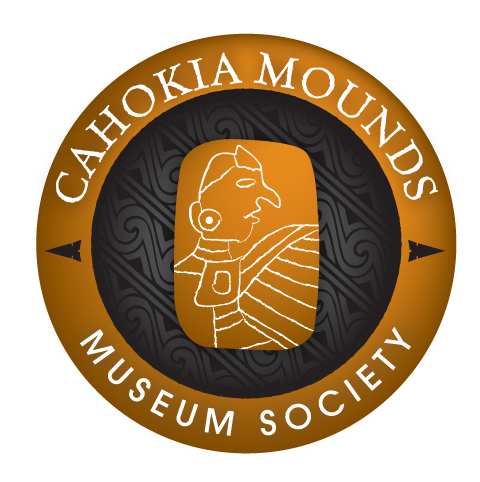Description
By J. McKim Malville
The mixture of old stones, old stars, and stunning vistas that are found in the Four Corners area can generate mystery and adventure comparable to that of a visit to Newgrange or the Great Pyramid.
A Guide to Prehistoric Astronomy in the Southwest combines astronomy, people, and culture. After an introduction to basic astronomy and archaeology, the book identifies specific places where one can view evidence for astronomical practices, as well as observe essentially the same sunrises that were observed by the Ancestral Puebloans 1,000 years ago.
Since the last edition of this book in 1993, there has been steady growth in our knowledge of astronomy practiced by the Ancestral Puebloans. This totally revised edition is more user friendly and includes:
- Predictions that were made in the last edition and have now been verified.
- New work in archaeology at Chimney Rock, Chaco Canyon, Mesa Verde, Yellow Jacket, and Hovenweep that reveals even more clearly how culture and astronomy were integrated.
- Recently rediscovered calendrical stations in Chaco Canyon that would have provided the dates for winter and summer solstice festivals in the canyon.
- How Chimney Rock could have functioned as a Puebloan version of the Greenwich Observatory.
- New interpretations for the famous sun dagger and supernova pictographs in Chaco Canyon.
Hopefully this guide finds its way into the hands of many visitors to the prehistoric ruins of the Southwest who are interested in exploring the astronomy that was developed by the Ancient Puebloans. The goal is to seek out the sky watchers who lived among these ruins.
Grab your backpack…you don’t need to go to Machu Picchu for enigmatic ruins, or Egypt for tantalizing hints of great knowledge hidden in the mute rocks.
Dr. J. McKim Malville has taught in the astronomy departments of the universities of Michigan, Colorado, and Sao Paulo. Since 1987, he has been studying the astronomy of Chimney Rock, Yellow Jacket, Mesa Verde, and Chaco Canyon. In 1997 he and archaeologist Fred Wendorf discovered the astronomical features of the megalithic ceremonial center of Nabta Playa, near Abu Simbel in southern Egypt, which predates Stonehenge by more than a millennium. In 2003 he and his colleagues rediscovered the ceremonial center of Llactapata in the cloud forest near Machu Picchu, and in 2005 they located the last remaining sun pillars of the Inca in the Sacred Valley near Cusco, Peru. He is presently professor emeritus in the Department of Astrophysical and Planetary Sciences at the University of Colorado and an adjunct professor of astronomy at James Cook University, Queensland, Australia.

